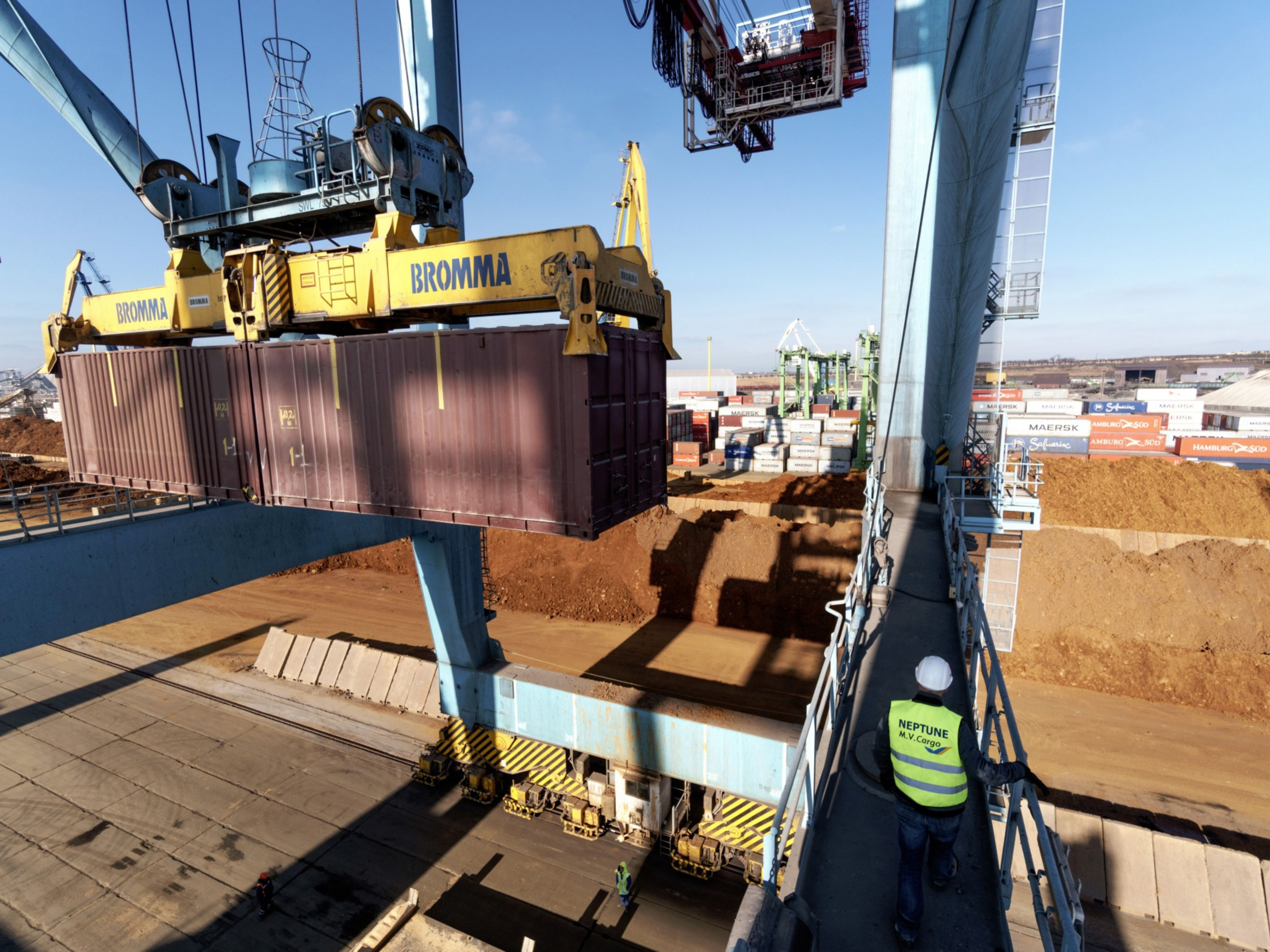
Visit Our Sponsors |
|
|
|
|
|
|
|
|
|
|
|
|
|
|
|
|
|
|
|
|
|
|
|
|
|
|
|
|
|
|
|
|
|
|
|
|
|
|

Cargill Inc., the world’s biggest agricultural commodities trader, plans to harness wind power by fixing massive wing sails to some of its cargo fleet to reduce fuel use and greenhouse gas emissions.
Shipping is responsible for about 90% of world trade, and it also accounts for almost 3% of man-made carbon-dioxide emissions. The industry has vowed to cut greenhouse gas emissions by 50% by 2050, from 2008 levels. How it gets there and what new fuel technologies it uses to replace traditional petroleum-based ones is still up for grabs.
Cargill wants to add — in an as yet untested idea — solid wing sails, as high as 45 meters (148 feet), attached to the decks of cargo ships with specially designed hulls which the trader and its partners say could reduce fuel use by as much 30%. Minnesota-based Cargill has some 600 vessels under charter at any given time.
“What we like about wind and what we like about this concept most is you are reducing fuel,” Jan Dieleman, president of Cargill’s ocean transportation business, said in an interview from Geneva.
The initiative will improve the efficiency of whichever new fuels — from hydrogen to liquefied natural gas — are eventually adopted, Dieleman said.
“You have to put this in between what the new fuels are and what we can do today,” Dieleman said. “This is kind of in the middle of those two timelines.”
Carbon Costs
Some major ship charterers and owners, including oil and metals trading giant Trafigura Group, have proposed a levy on carbon dioxide emissions to reduce the industry’s footprint and meet climate targets.
The new wind sail venture, which could see MR2 tanker ships each fitted with three wings on the water by 2022, is being completed in partnership with BAR Technologies, a U.K. firm spun-off from Ben Ainslie Racing (BAR) — the eponymous British sailing team of the Olympic medalist and America’s Cup winner. No specific financial details were disclosed.
“What we are very confident of is that the economics work,” John Cooper, chief executive officer of BAR Technologies — also a former Formula One motor sports executive with the McLaren Racing team — said in an interview.
While the sails will significantly add to a vessel’s costs, a 30% reduction in C02 emissions “is a very good economic model for the vessel owner and the vessel charterer as well,” Cooper said. “We do expect a fairly clean payback period.”
The wing sails will be installed first on mid-sized tanker ships that carry edible oils, biofuels or ethanol. If successful, they could then be adapted for dry bulk carriers hauling grains and oilseeds. The new ships might even prompt a change in shipping routes, said Dieleman. Vessel captains won’t just seek the most direct or easiest tanker journeys. They might also search out routes with more wind.
The massive sails will be made of solid composite material and will resemble movable airplane wings that will provide lift and wind propulsion to ships. They will also be collapsible to avoid coming into contact with infrastructure such as cranes or bridges.
Nascent Technology
Still, BAR Technologies hasn’t yet physically tested the technology on scale models or smaller ships. Rather, the design has been created based on computer modeling and simulation similar to that used by America’s Cup racing teams called computational fluid dynamics.
The Cargill project with BAR isn’t the first to try and harness wind to reduce greenhouse gas emissions. Maersk Tankers began installing wind rotor sails on ships in 2018. That technology uses wind rotors in cylindrical tubes to provide lift and aid propulsion, which reduces fuel consumption and emissions by 7% to 10%, Maersk said.
It’s not the first time Cargill has tried to use wind for its modern cargo ships. Back in 2011 it attached giant wind kites to vessels in another joint venture it hoped would cut fuel use and emissions.
“We tried kites and that didn’t work. But we’re not giving up,” Dieleman said.
RELATED CONTENT
RELATED VIDEOS
Timely, incisive articles delivered directly to your inbox.

